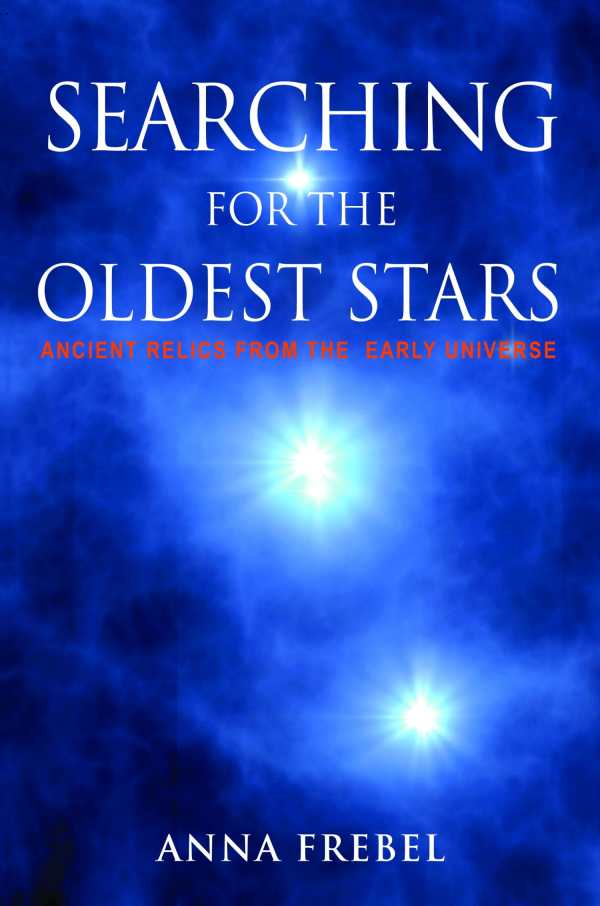Searching for the Oldest Stars
Ancient Relics from the Early Universe
Stargazing, our species’s second most favorite thing to do at night, has long captured the imaginations of dreamers and storytellers. Like staring into the high-tech digital screens of today, the unfathomable night sky was mesmerizing to our ancestors—mostly because they didn’t know what they were looking at. Thanks to telescopes, spectrometers, and certain scientists with brains the size of Pluto, we now know the earliest stars started forming in the cooling universe just a few hundred thousand years after the Big Bang, only quickly to go supernova.
Anna Frebel’s Searching for the Oldest Stars explains just how magnificent an achievement it is to discover stars as old as thirteen billion years, each of which contain trace chemicals of the newly formed universe, detectable by measuring the number of atoms of certain elements present in the stellar atmosphere.
Heady stuff, but well within the cerebral wheelhouse of Frebel, a top scientist in stellar archaeology and the intrepid discoverer of several of the oldest stars on record. With a preschool teacher’s patience, she explains the day and night routines of astronomers, how they collect data on celestial objects, details of nucleosynthesis processes, and all manner of things that can go wrong in the world’s largest observatories.
Edifying, engaging, and ever more reason to be humbled by the starry night, this project is a delight.
Reviewed by
Matt Sutherland
Disclosure: This article is not an endorsement, but a review. The publisher of this book provided free copies of the book to have their book reviewed by a professional reviewer. No fee was paid by the publisher for this review. Foreword Reviews only recommends books that we love. Foreword Magazine, Inc. is disclosing this in accordance with the Federal Trade Commission’s 16 CFR, Part 255.

